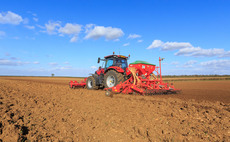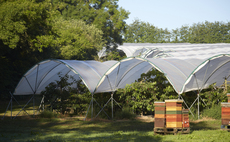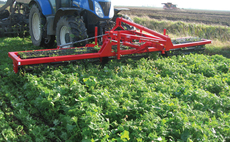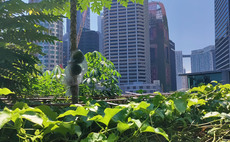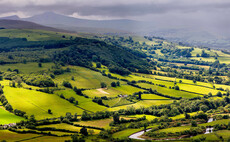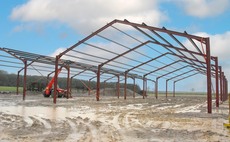Last autumns wide drilling window could add pressure to typical regional disease risks throughout 2023, growers are advised.
Syngenta regional technical manager, Joe Bagshaw says that very early drilling in the North and West was due to the soil moisture levels being ready for drilling by early September. However, the Eastern regions summer drought persisted and drilling was in some cases delayed until November.
Come spring, this could create a double whammy as the legacy of these drilling dates combines with the usual disease risks experienced in these regions, he suggests.
We know that early drilling increases risks from the key wet weather disease, septoria tritici, says Mr Bagshaw.
Many of this seasons earlier-drilled crops were in wetter regions, such as the North and West, where the pressure from is already traditionally high, he says.
When winter wheat is planted later, smaller plants tend to be hit harder by yellow rust. And this seasons later-drilled crops tend to be in the drier east, which is traditionally a yellow rust-prone region.
Clearly, the weather in spring will also affect how diseases develop, but these effects of drilling date should not be overlooked. The T1 fungicide, which is typically applied in April and which begins the process of protecting the first of the top three yield-building leaves, will be pivotal for keeping diseases at bay. Factors to consider when planning an effective T1 fungicide strategy will include strong activity against rust, good preventative activity against septoria, and long-lasting protection. An appropriate dose of the SDHI fungicide Elatus Era at T1 can meet these criteria, he adds.
Where septoria is a concern, Mr Bagshaw advises inclusion of a multi-site fungicide in the programme will also be important to manage resistant strains.
It is generally much easier and more cost-effective to minimise disease establishing in the first place rather than trying to get on top of it once its built up. It will be important to remain vigilant and use the correct fungicide strategy.
Winter cold snaps will suppress yellow rust and other diseases, but will not remove the risk completely, Mr Bagshaw concludes.





